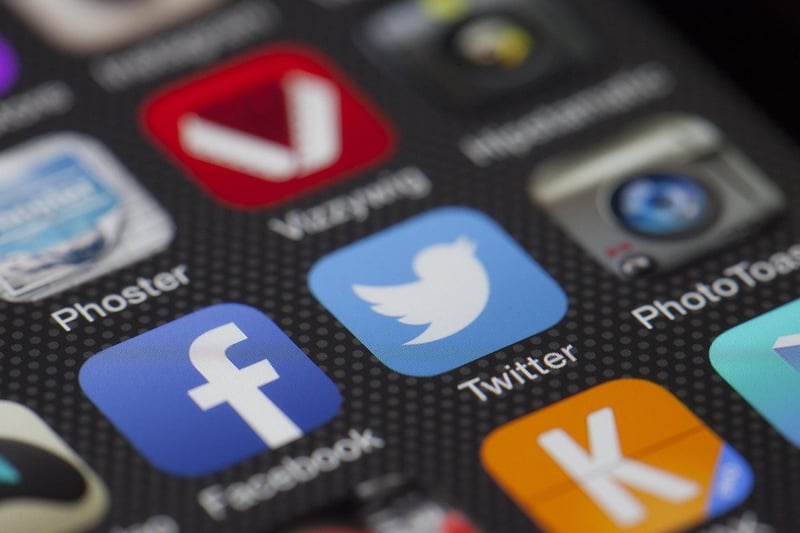Subtle Signals
The Art of Subtle Communication: Understanding Subtle Signals
In a world where communication is often loud and direct, mastering the art of subtle communication can set you apart. Subtle signals play a crucial role in conveying messages without words, allowing for a deeper level of understanding and connection.
What is Subtle Communication?
Subtle communication involves the use of non-verbal cues, gestures, and expressions to convey thoughts, feelings, and intentions. It is about reading between the lines and understanding the unsaid.
The Power of Subtle Signals
Subtle signals can be more impactful than spoken words. They can express sincerity, empathy, and trust in a way that words alone cannot. From a slight nod to a gentle touch, these signals can speak volumes.
Types of Subtle Signals
- Eye contact: A meaningful gaze can communicate understanding and connection.
- Facial expressions: A smile or a furrowed brow can convey a range of emotions.
- Body language: Posture, gestures, and stance can reveal a person's confidence or discomfort.
- Tone of voice: The way words are spoken can indicate sincerity or sarcasm.
- Personal space: Respecting someone's personal space can show respect and consideration.
Mastering Subtle Communication
To become proficient in subtle communication, practice active listening, observe others' body language, and be aware of your own non-verbal cues. Pay attention to the subtleties in interactions and respond accordingly.
Benefits of Subtle Communication
Mastering subtle communication can lead to improved relationships, better understanding in conflicts, and enhanced overall communication skills. It can help you connect with others on a deeper level and navigate social situations with ease.
Embrace the power of subtle signals in your daily interactions and watch as your communication skills flourish.

Remember, sometimes the most powerful messages are the ones left unspoken.
